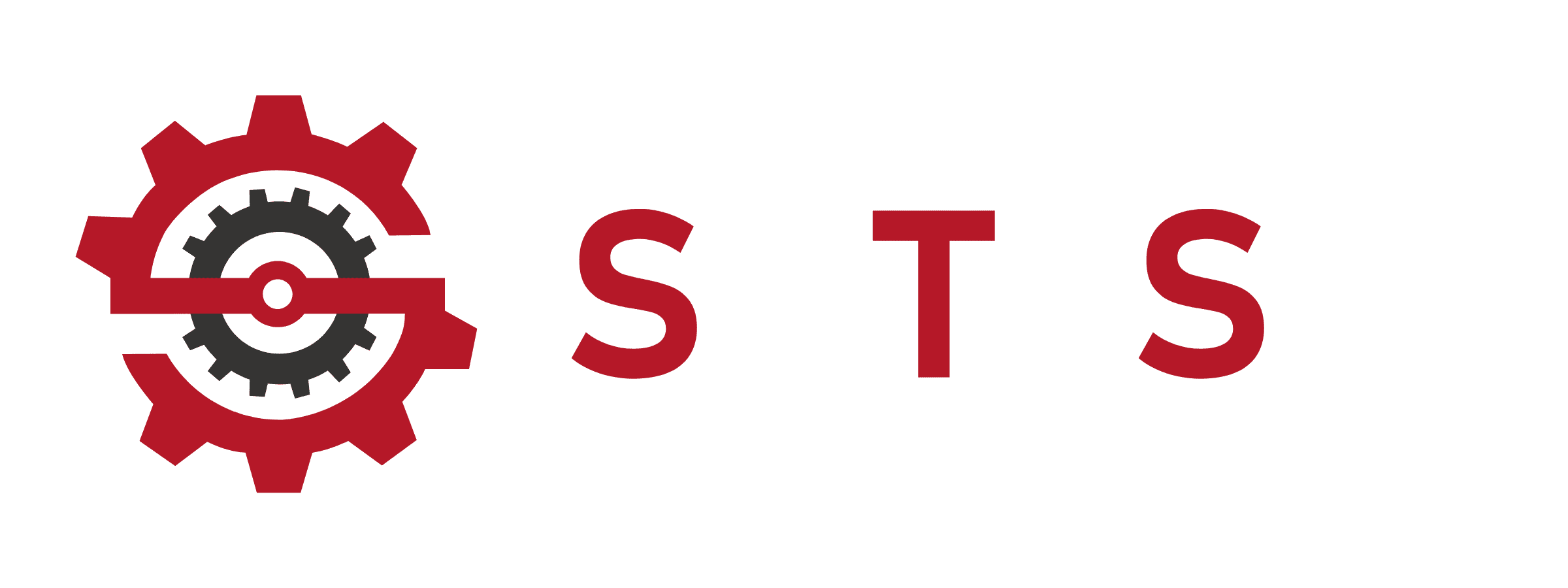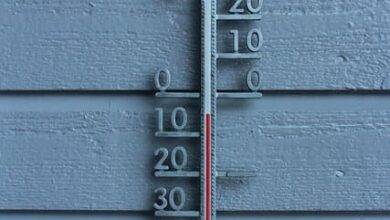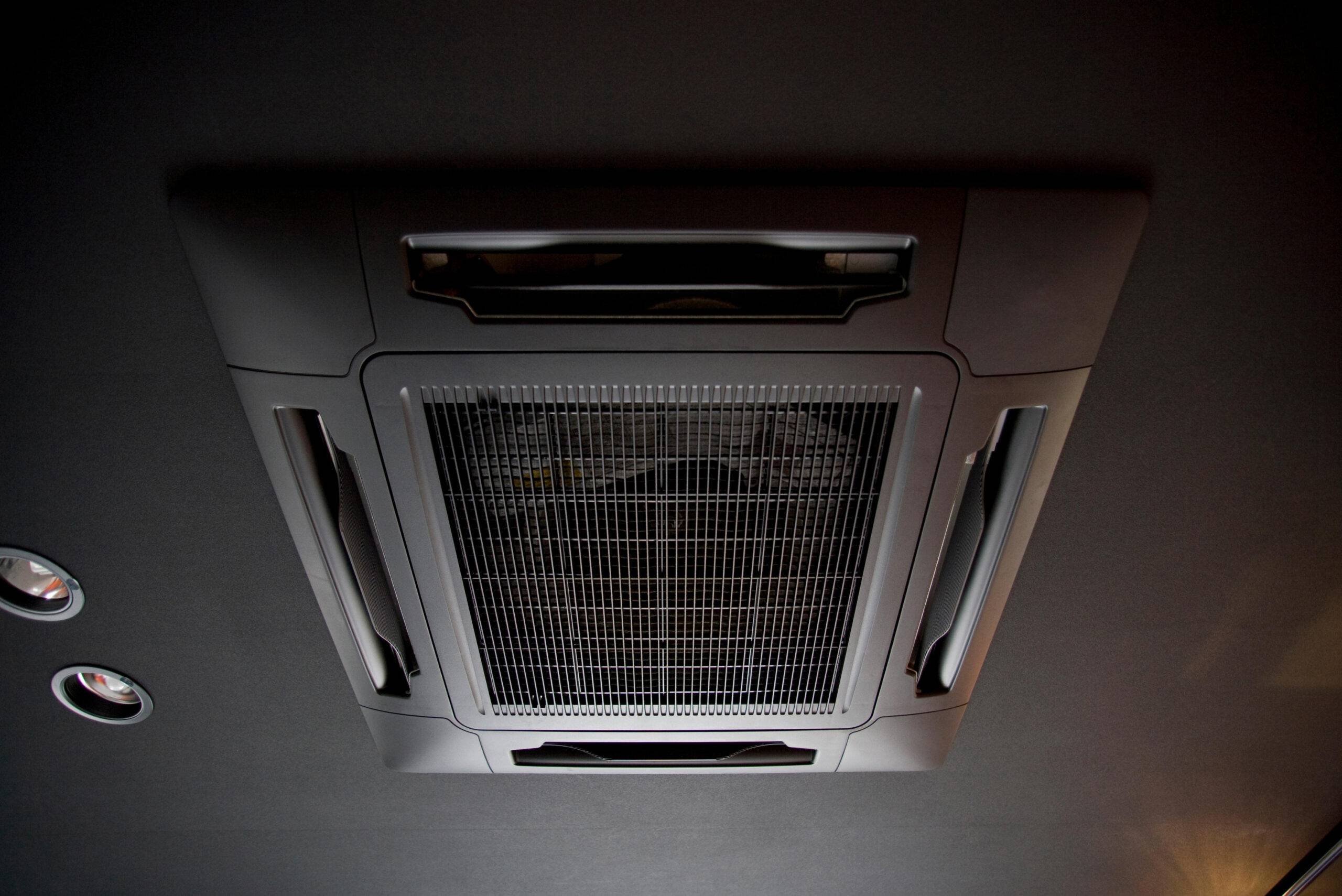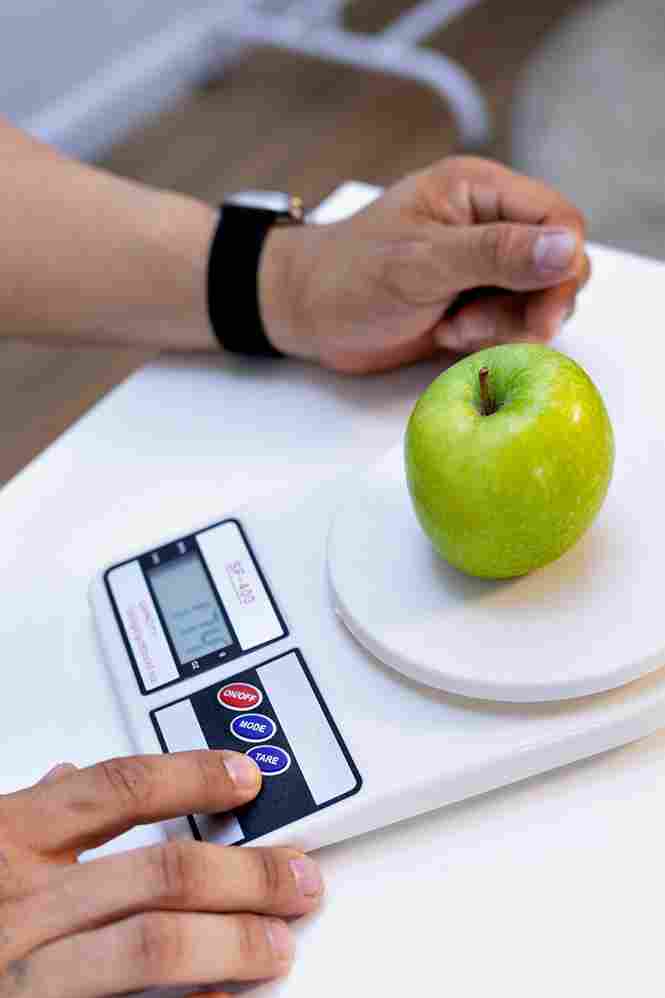Calibration Procedures | Ultimate Guide to Accuracy & Compliance
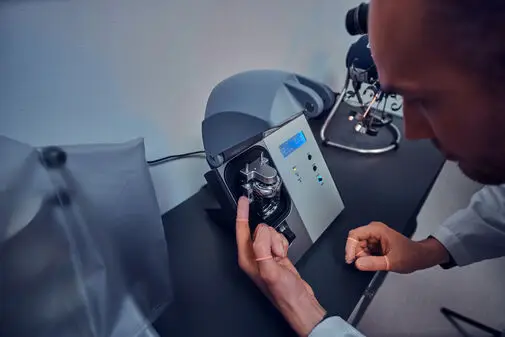
Why Calibration Procedures Matter (No Jargon, We Promise!)
Imagine a world where your lab’s pH meter reads 5.0 instead of 7.0, or a factory pressure gauge misses a critical leak. Calibration procedures are your armor against costly errors, failed audits, and “why is this broken?!” meltdowns. Whether you’re in pharma, manufacturing, or running a tiny-but-mighty lab, nailing these steps keeps your gear honest and your results bulletproof.
Core Concepts You Can’t Skip
What Are Calibration Procedures?
Think of calibration as a scientific tune-up. It’s the process of comparing your equipment (like sensors or scales) to a traceable standard (e.g., NIST-certified tools) and tweaking it until it sings in harmony.
Key Terms Made Painless:
– Traceability: Your measurements’ VIP backstage pass to global standards (ISO, NIST).
– Calibration Interval: How often to recalibrate (spoiler: not “when it breaks”).
– As-Found Data: The “before” selfie of your equipment’s performance.
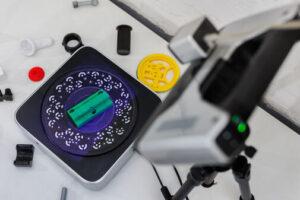
Tools & Standards: Your Calibration Survival Kit
1. Reference Standards:
– NIST-Traceable Weights: For scales.
– Certified Thermometers: For temperature sensors.
2. Calibration Software: Automates logs and spares you spreadsheet hell.
3. SOPs (Standard Operating Procedures): The step-by-step bible your team actually follows.
Pre-Calibration Prep: Don’t Wing This!
1. Plan Like a Pro:
– Define the scope (what gear? which parameters?).
– Check **environmental controls** (no calibrating in a sauna).
2. Gather Intel:
– Review past calibration certificates.
– Note the as-found data (how off is it before fixes?).
3. Tool Check:
– Are your reference standards in-date?
– Got backup batteries? (Trust us.)
Common Newbie Mistakes (Don’t Be That Guy)
– Skipping Environmental Checks: Heat/humidity = calibration chaos.
– Ignoring “As-Found” Data: You need the “before” to measure the “after.”
– Using Expired Standards: NIST certs have deadlines for a reason.
Step-by-Step Calibration Protocols (No PhD Required)
Step 1: Baseline the “As-Found” Data
– Power up your gear and record its current state (yes, even if it’s embarrassingly off).
– Example: A pressure gauge reads 12 psi → true standard is 10 psi. As-found data = “needs -2 psi adjustment.”
Step 2: Adjust with Precision Tools
– Use multifunction calibrators (for electronics) or deadweight testers (for pressure).
– Tweaking tip: Make micro-adjustments—think surgeon, not lumberjack.
Step 3: Validate & Document
– Re-test against standards. Did that pH meter hit 7.0? Sweet.
– Log as-left data in calibration certificates (auditors love paper trails).
Industry-Specific Hacks
– Pharma Labs: Calibrate HPLC systems weekly (FDA’s watching). Use ISO 17025 protocols.
– Manufacturing: Tag sensors with calibration intervals (e.g., “Recalibrate every 500 hrs”).
– Hospitals: Daily checks on infusion pumps. No shortcuts—**patient safety > everything*.
Compliance Landmines (And How to Dodge Them)
– Failed Audit?: Missing traceability records? Oops. Always link adjustments to NIST/ISO standards.
– Expired Certificates: Set calendar alerts. Your future self will high-five you.
Troubleshooting 101
– Problem: Gear drifts post-calibration.
– Fix: Shorten calibration intervals or replace worn parts (looking at you, ancient thermometer).
– Problem: Wildly inconsistent readings.
– Fix: Check environmental controls (moisture = enemy #1).
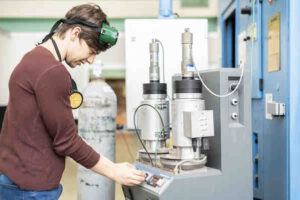
Mastering Uncertainty Analysis (No Math Phobia Allowed)
What Is Measurement Uncertainty?
It’s the “±” in your results—the tiny margin of error that keeps scientists awake. Example: Your thermometer reads 25°C ±0.2°C. The 0.2 is your uncertainty budget (a fancy term for “how much you don’t know”).
How to Crunch the Numbers
1. Identify Sources: Tools, environment, human error.
2. Use Calibration Software: Tools like Fluke MetCal auto-calculate uncertainty (goodbye, calculator trauma).
3. Document Everything: Auditors will ask, “How’d you get this number?”
Automate or Die: Smarter Workflows
Calibration Management Software
– Pros:
– Auto-schedules calibration intervals.
– Generates audit-ready reports in 2 clicks.
– Top Picks:
– GageTrak: For labs/pharma.
– PipettePilot: For volume-critical tasks.
Go Risk-Based
– Prioritize gear by criticality:
– High Risk: MRI machines, drug-manufacturing sensors → calibrate monthly.
– Low Risk: Office thermometers → yearly tune-ups.
Audit-Proofing 101: Turn Sweat into Swagger
The Golden Audit Checklist
– Must-Haves:
– NIST/ISO Traceability for every adjustment.
– As-Found/As-Left Data logs (paper and digital).
– Staff training records (prove your team isn’t winging it).
Red Flags That Scream “AUDIT ME!”
– Missing calibration certificates.
– Using expired reference standards (cringe).
– No SOPs for high-risk equipment.
Troubleshooting Next-Level Meltdowns
– Problem: Uncertainty budget bigger than your ego.
– Fix: Upgrade to certified reference materials or tighten environmental controls.
– Problem: Software clashes with legacy gear.
– Fix: Use middleware like LabJack to bridge analog/digital worlds.
FAQ:
– Q: How do I explain uncertainty to my boss?
A: “It’s like a speedometer’s margin of error—we’re 95% sure we’re right.”
– Q: Best software for small labs?
A: Compas Cloud (cheap, cheerful, ISO 17025-ready).
